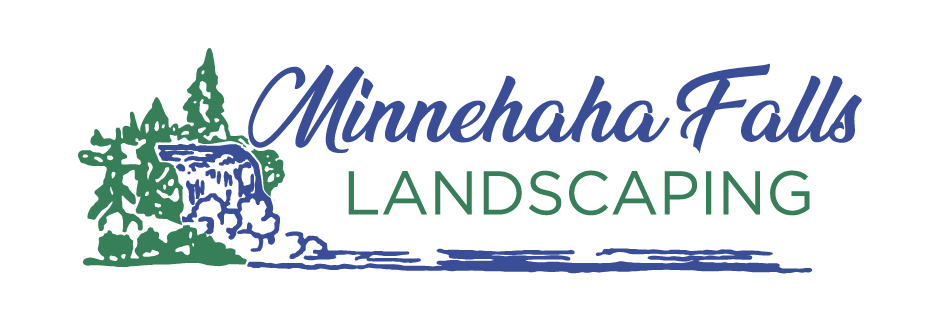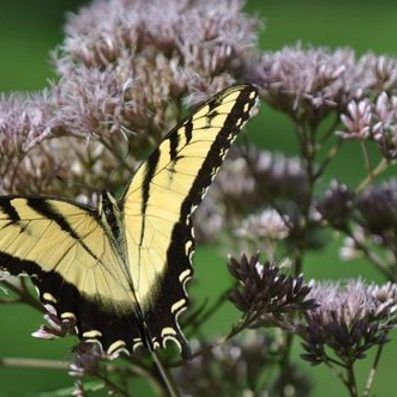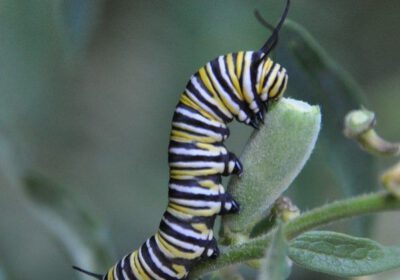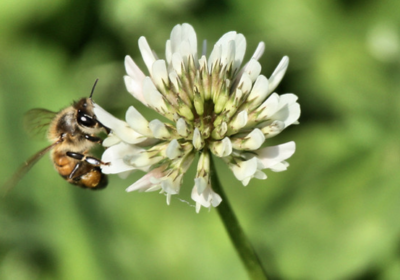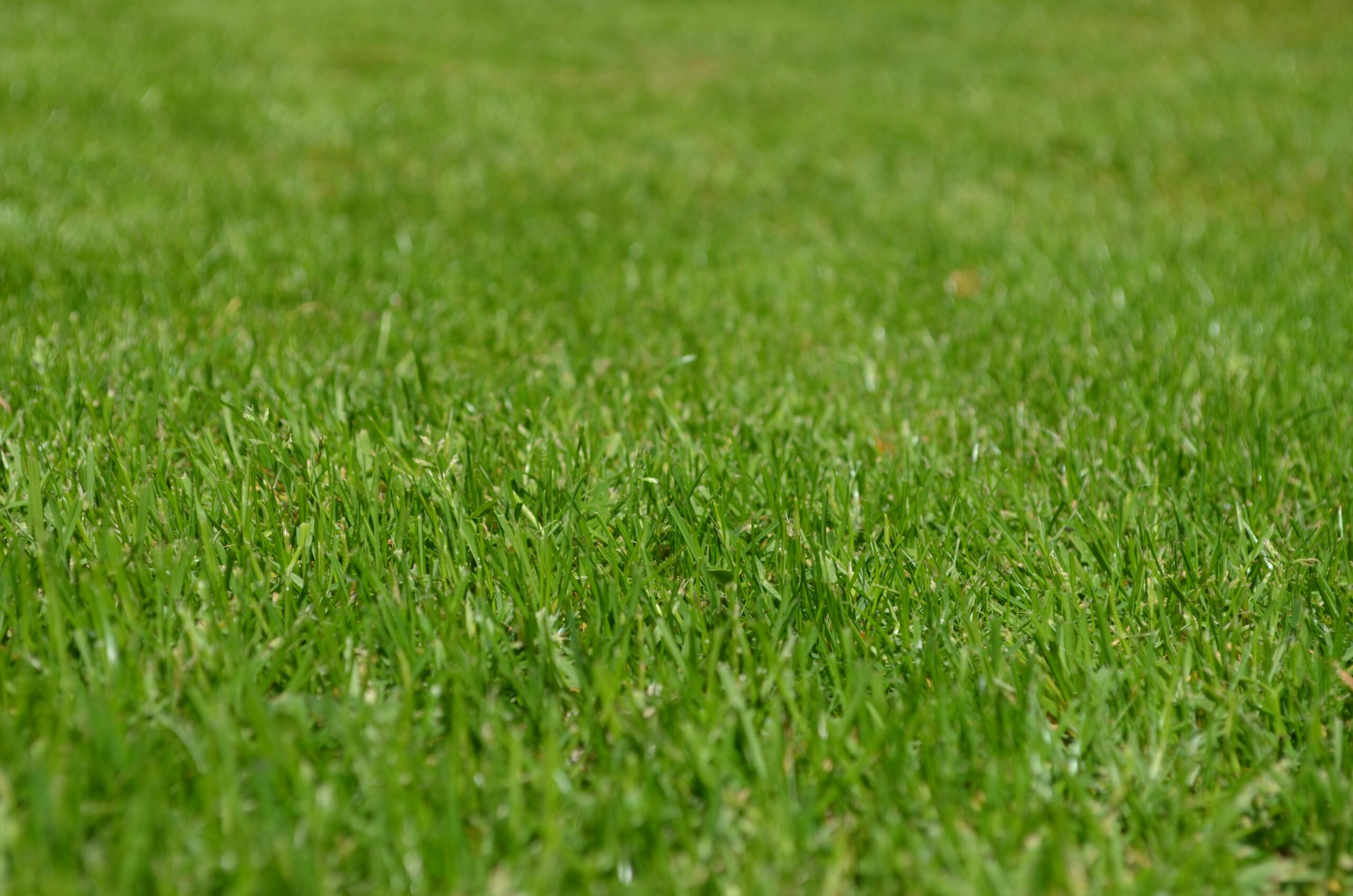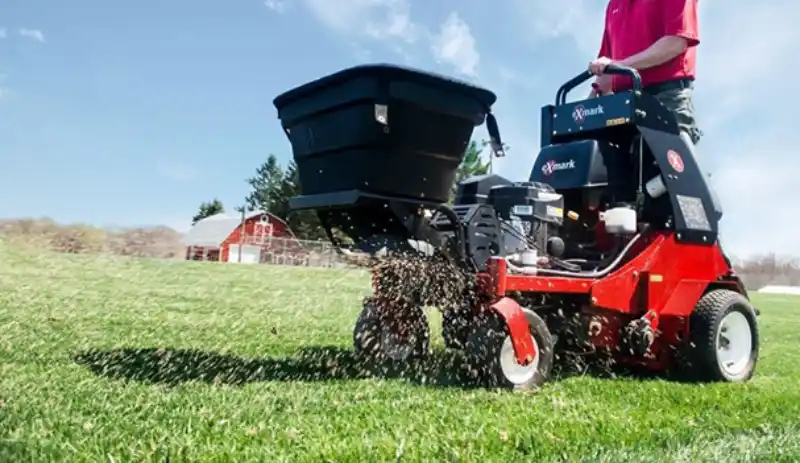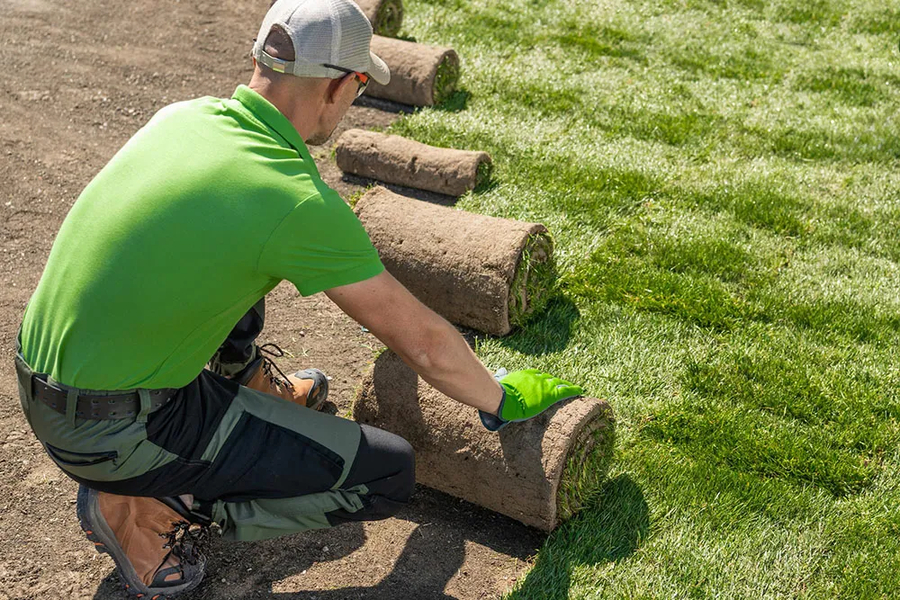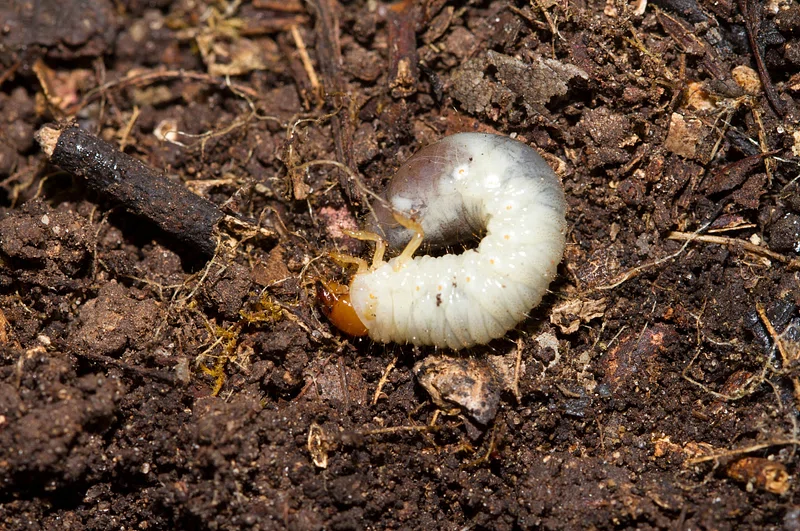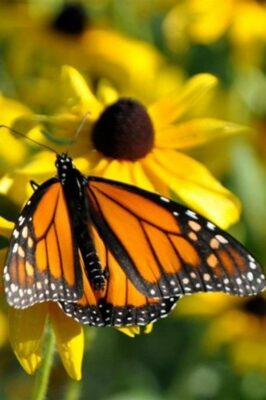 Enchantingly beautiful, bees and butterflies are unfortunately ever more rarely seen. The good news is that you can do something about it at home.
Enchantingly beautiful, bees and butterflies are unfortunately ever more rarely seen. The good news is that you can do something about it at home.
The decline in pollinators is alarming. Recent estimates show that the insect populations on earth are crashing. From planting native plants, to managing landscapes without the use of pesticides, everything you do at home has a far-ranging influence.
Pollinators are creating a big buzz in media around the world. Pollinators are facing a perfect storm of intersecting catastrophes including loss of habitat and the ongoing assault on nature being perpetuated by chemical companies. Scientists are discovering that massive amounts of pollinators are currently facing endangerment and extinction.
Simply put, without pollinators we’re going to be pretty hungry. It’s estimated that 35% of the worlds food crops are grown with the help of pollinating insects, birds, and bats.
Without plant pollinations services performed by pollinators we can kiss our apples goodbye. Pumpkins, pears, peaches, peas, and pomegranates are a sampling of the delicious delights we’ll be wishing for if pollinators perish, YIKES.
Here’s what you can do to help pollinators prosper!
- First things first, eat organic. Organic farmers tend to have much better pollinator protections than do pesticide farmers.
- Call your elected officials and demand organic facilities including parks and schools. The chem industry has a stranglehold on American life and we need to take back our public spaces for public safety.
- Manage your lawn without pesticides. Herbicides, fungicides, insecticides, and rodenticides are all harmful to pollinators. Go organic, and make sure your lawn services aren’t using any type of ‘icide!
- Plant a pollinator garden. You’re grass lawn isn’t doing wildlife any favors. Replace as much lawn as you can with deep rooted native perennial plants.
- Sign the bee safe pledge at Bee Safe Minneapolis.
Providing for Pollinators
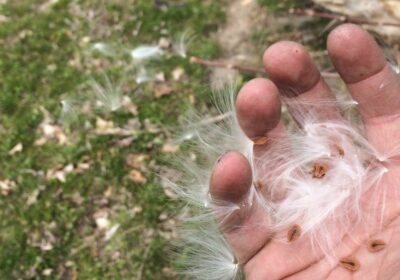
Meadow Blazingstar
Liatris Ligulistylis is the Latin moniker for this monarch magnet. Monarch butterflies call in early reservations to sip and sup at this fine dining experience.
At 4 + feet tall these purple stocks make bold textural statements in a prairie garden design. I plant them in clumps for extra effect.
There are many kinds of blazingstar to choose from, but if you want to make friends with the monarchs grow the meadow variety.
Joe Pye Weed
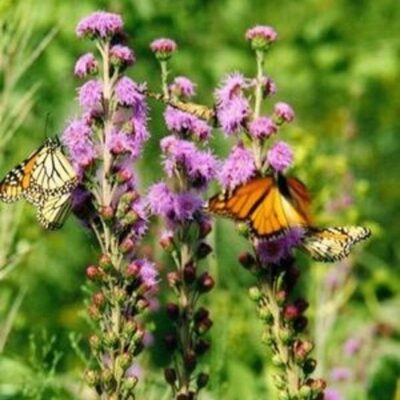
Supposedly this plant is named for the man who shared it as a medicine which is a good reminder that every plant around us is either food or medicine of some sort for people or wildlife.
Milkweed
Asclepius, Asclepius, Asclepius. Sounds like something Harry Potter would say to make butterflies magically appear. In fact, these plants do make monarch butterflies magically appear!
As caterpillars, monarchs munch as much milkweed as possible. Milkweed provides monarchs with the strength to transform and migrate from Minnesota to Mexico.
Plant milkweeds of all kinds, my favorite is Asclepius syriaca, common milkweed, because it’s stunning to look at and it brings in the butterflies!
Wild Blue Indigo
Also known as Baptisia Australis this prairie native fills out with a rare true blue flower each spring.
Yes, bumble bees love it, but so will you when you realize that the 25’ deep roots of indigo will fix nitrogen into the soil. I plant this at the base of all my fruit trees as a friendly companion.
Mix Baptisia into your butterfly garden border to benefit bumble bees and beautify your backyard.
White Clover
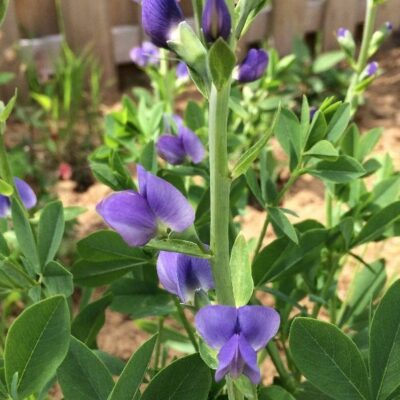
Tired of putting down wood mulch every year? Overseed your newly installed veggie and butterfly gardens with white clover to fix nitrogen in the soil and provide an early bloom in the backyard buffet for bees.
Purchase seed to use as a cover crop after any new garden installation and forget about mulching forever.
I spread seeds for white clover in lawns, food gardens, perennial gardens, and under trees and shrubs, basically everywhere.
